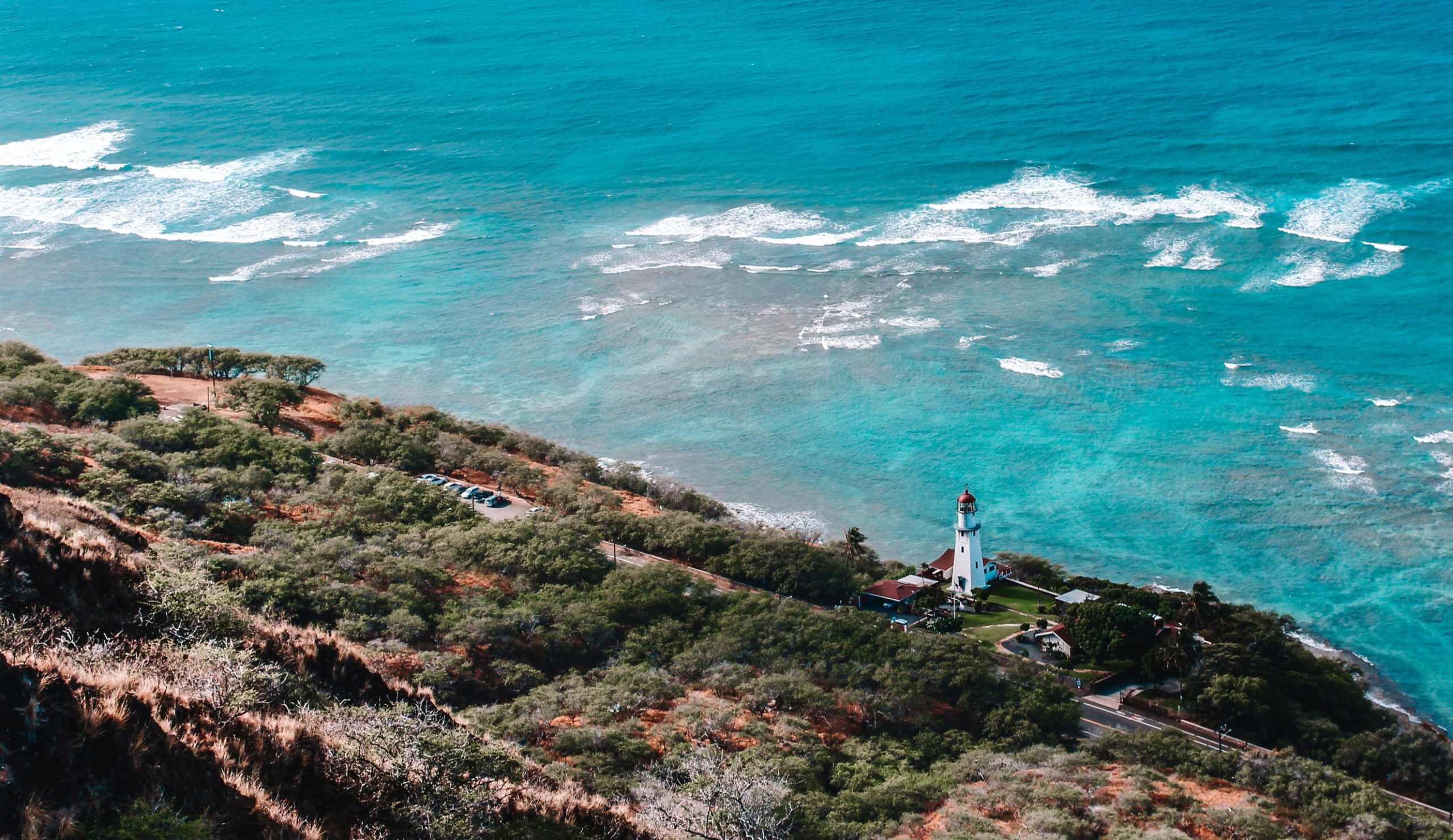
Lighting the Way
Transformational Leadership
“Kulia i ka nu’u. (Strive to reach the highest.)”
Leadership manifests itself in various forms. As the Fund for Education Abroad mentions, one may lead by motivating others to work towards a defined goal or delegating tasks appropriately. One may also lead by coaching others or by displaying emotional intelligence. Regardless of which method one chooses to apply, I find that leading by example is most influential.
Recently, I learned from the University of Southern Mississippi’s (USM) Office of Inclusion and Multicultural Engagement (IME) the difference between transactional leadership and transformational leadership. While transactional leadership is primarily based on processes and control—often requiring a strict management structure, transformational leadership focuses on inspiring others to follow—often requiring a high degree of coordination, communication, and cooperation. In other words, the transactional style of leadership is used to accomplish tasks, while the transformational style of leadership is used to inspire others to achieve feats.
While studying “away,” I have recognized that within me is the potential to create transformative experiences that foster the growth and development of historically underserved communities. In addition, by cultivating a culture of global awareness amongst my peers, I can help create a supportive and inclusive community of advocates for institutional and cultural change. Thus, I reflect on the following experience I had while participating in a program hosted by my university’s Office of Study Abroad.
As someone who identifies as Asian, I have had a hand-few of Native Hawaiians approach me and question if I was Native Hawaiian. After elaborating on the fact that I am Vietnamese, I became curious if this inquiry had any relation to the grouping of Asians and Pacific Islanders into one community: the APIA community. After researching the acronyms APIA and AAPI, I learned that the APIA/AAPI community includes East Asians, South Asians, Polynesians, Micronesians, and Melanesians. While each group comes from different regions and cultural backgrounds, the collective group of heterogeneous populations is powerful in instances where there is a mobilization of common interests, histories, and advocacies.
However, as Professor Rick Bonus, American Ethics Studies chair at the University of Washington, notes about APIA/AAPI: there is a “risk [of] marginalizing certain groups that are not as powerful or as hegemonic as the more vocal groups in that category.” Karenna Meredith, a second-generation Hapa born to a half-Hawaiian mother and a father with Samoan and Maori roots, mentions that while “society appears to assume that Asians and Pacific Islanders are all similar people, […] data collection suggests differently.” For example, she notes that access to education, healthcare, and employment varies between the groups of the APIA community. I also learned from Meredith that Pacific Islanders make up approximately 0.4 percent of the U.S. population. Understanding this fact, I recognize the importance of not overlooking and ignoring Pacific Islanders, for further marginalization within marginalized communities can occur.
During my program, I overheard some of my classmates who were not people of color verbally state, “If I get tanner, I would look Hawaiian.” The weight that this statement holds is one of ignorance and also negativity, for there is privilege in not having to deal with oppression due to one’s race and ethnicity. Although the following list is not exhaustive, POC can include people who are Black or African American, East Asian, South East Asian, South Asian, Hawaiian, and other Pacific Islander. While I believe the statement was made without the intent of harm, it is significant that we acknowledge the impact of such words.
The first time I regarded the statement, I ignored it. I brushed it off because comments like these are made every day, and I felt that I did not have the energy to address the situation. (Personally, I have been dealing with the effects of activism burnout.) The second time the statement was made, I felt a stronger obligation to highlight the microaggression. Although I know that microaggressions are not semi-racist remarks but, instead, are racist and offensive declarations, I still did not stand up. My actions I ultimately regret, for I failed to stand up for a community who could not, in that situation, stand up for themselves. As a member of the APIA community, I failed myself. Thus, through this journal entry, I call every viewer to action: use your platform and voice to lead others in a direction where social justice and equity are possible.
*The image attached is one of a lighthouse that I captured after reaching the top of the Diamondhead Crater. As I took the picture, I thought about how lighthouses act as a navigational aid, guiding others through potentially treacherous waters and, ultimately, to an area of safety and calmness. Thus, as I write about the power of transformational leadership, I call others to develop a sense of cultural awareness in their community.
